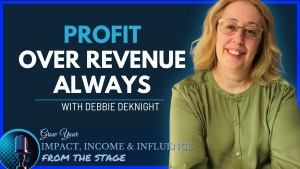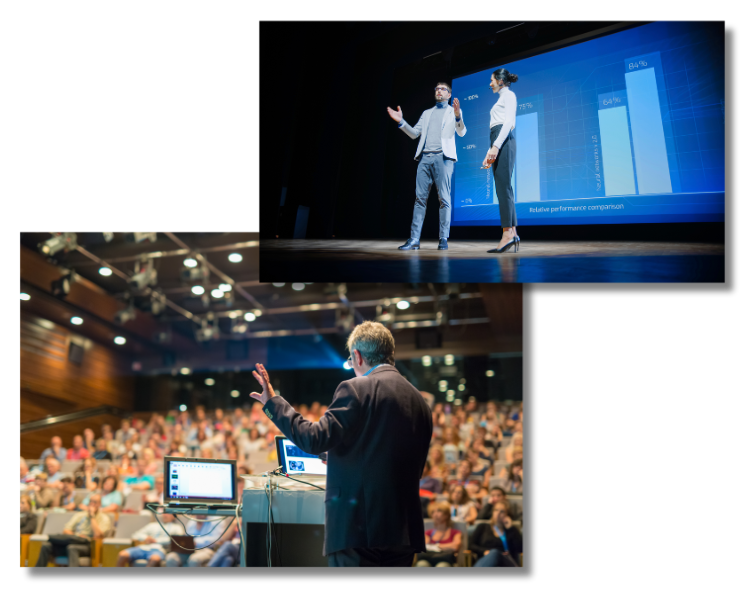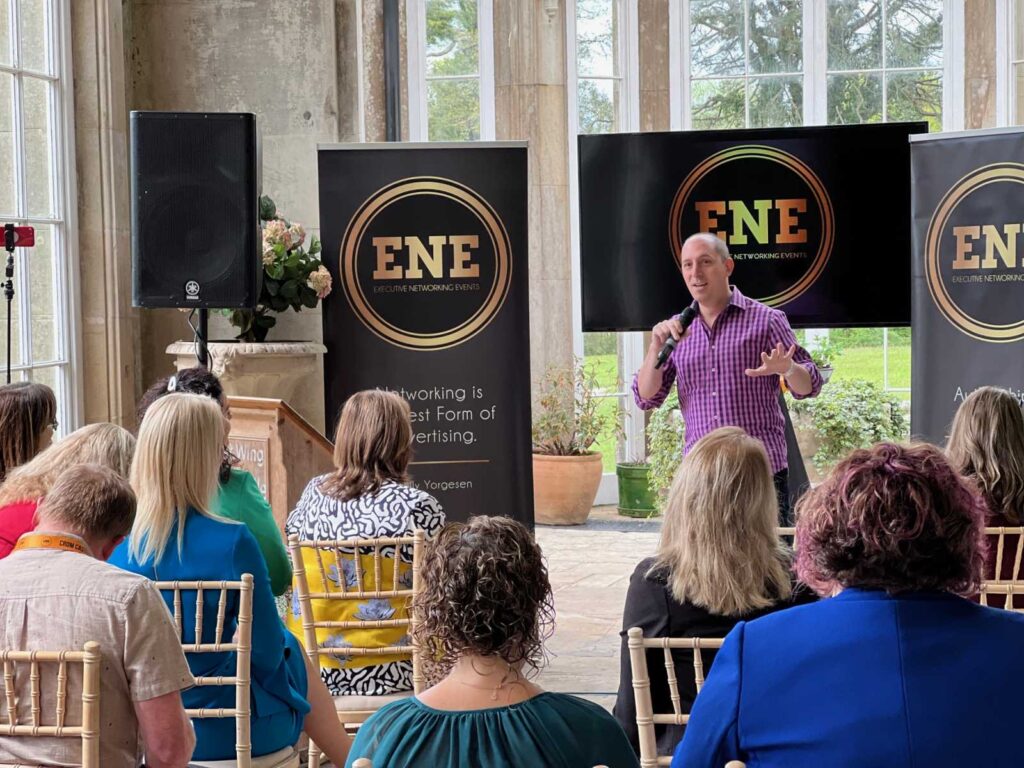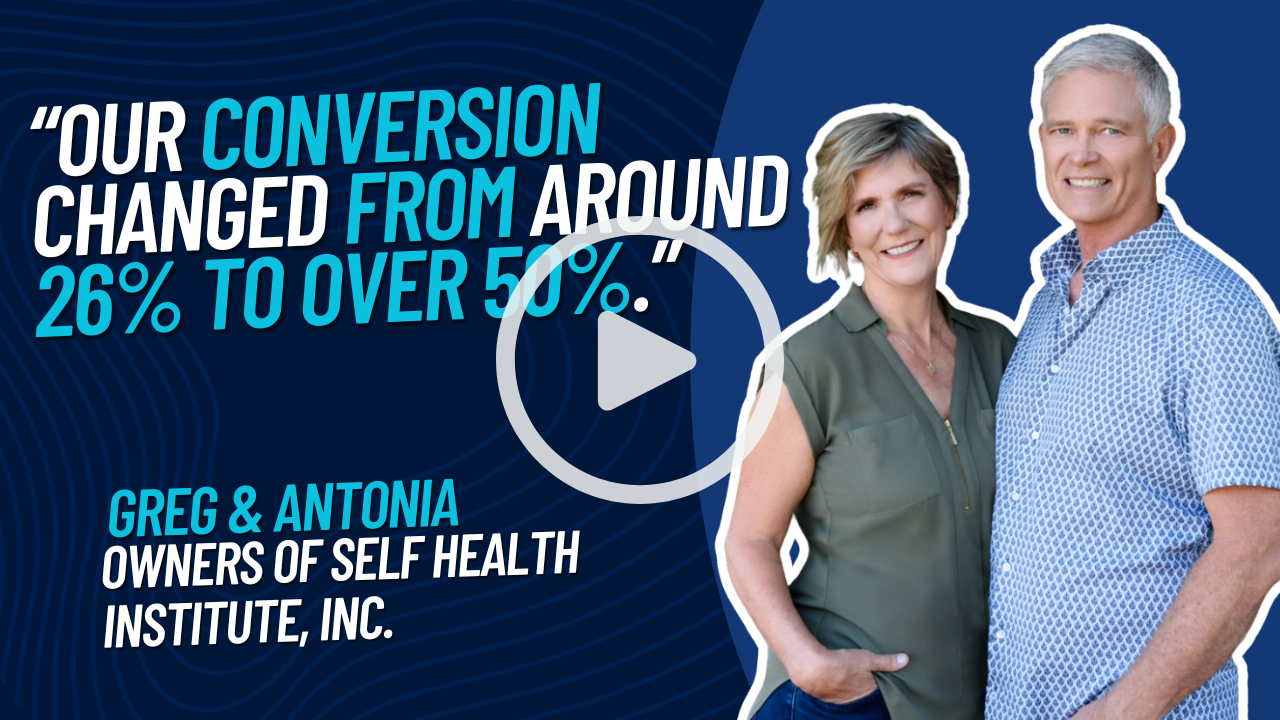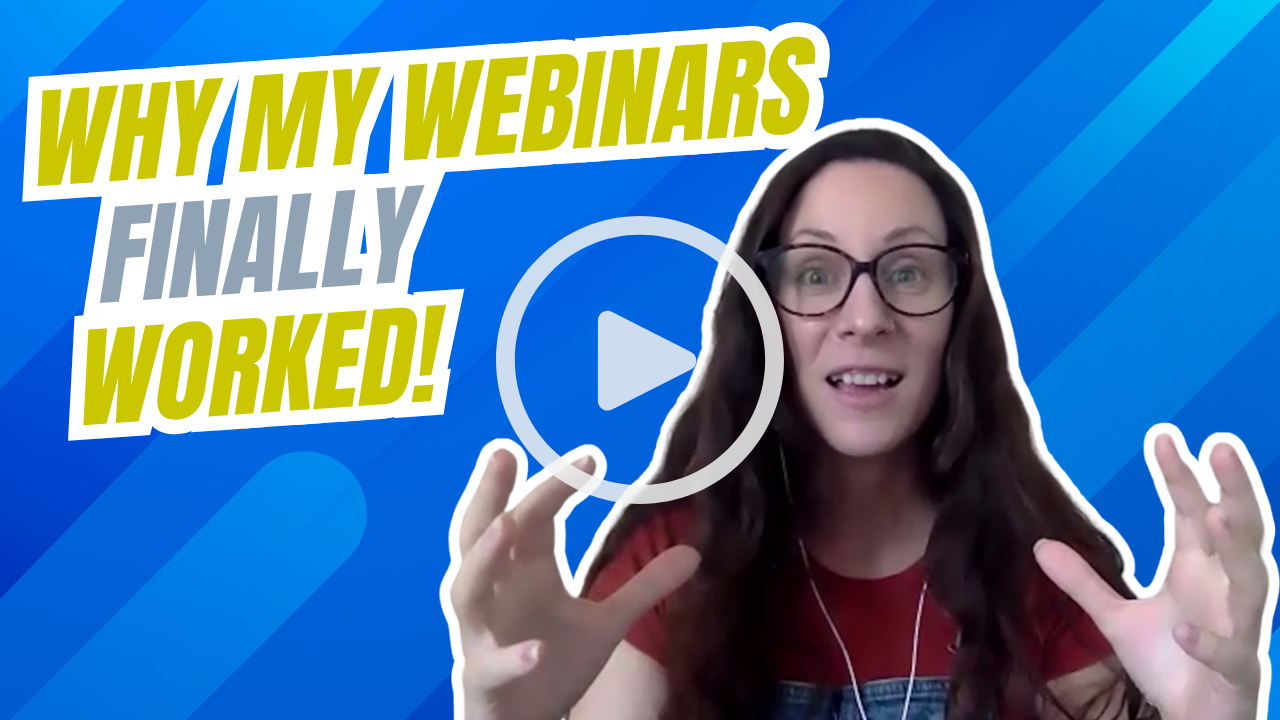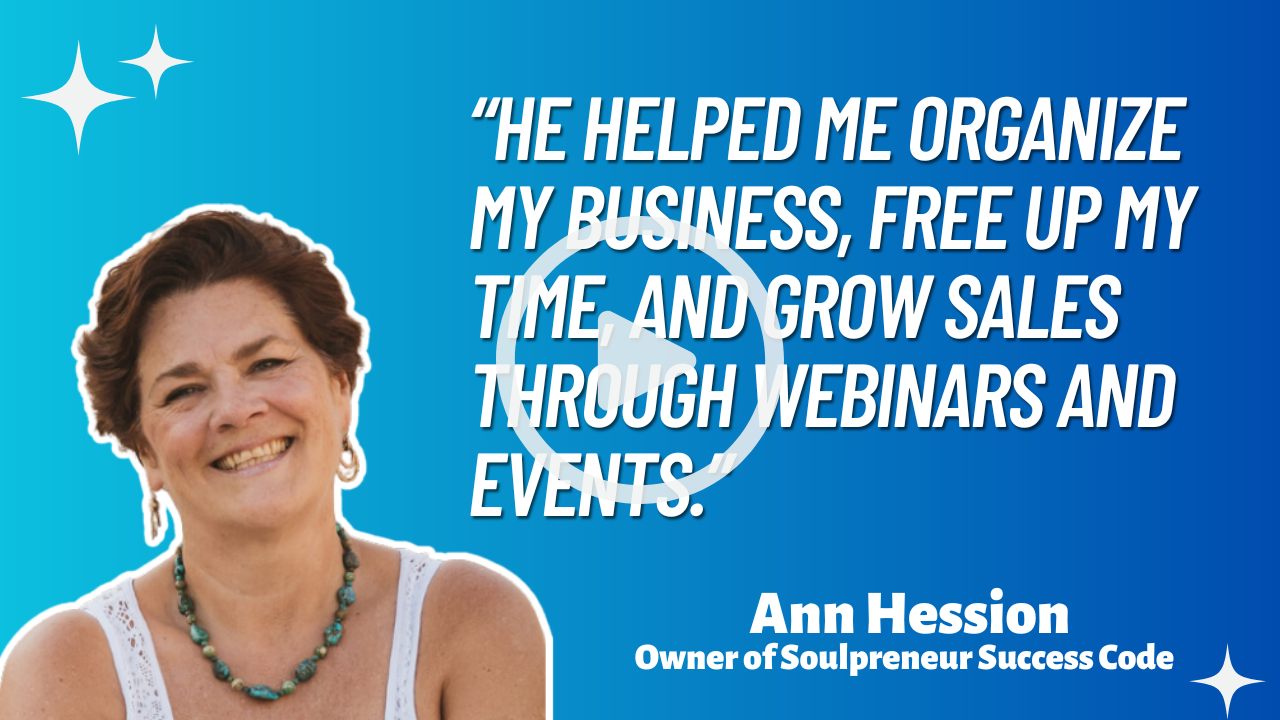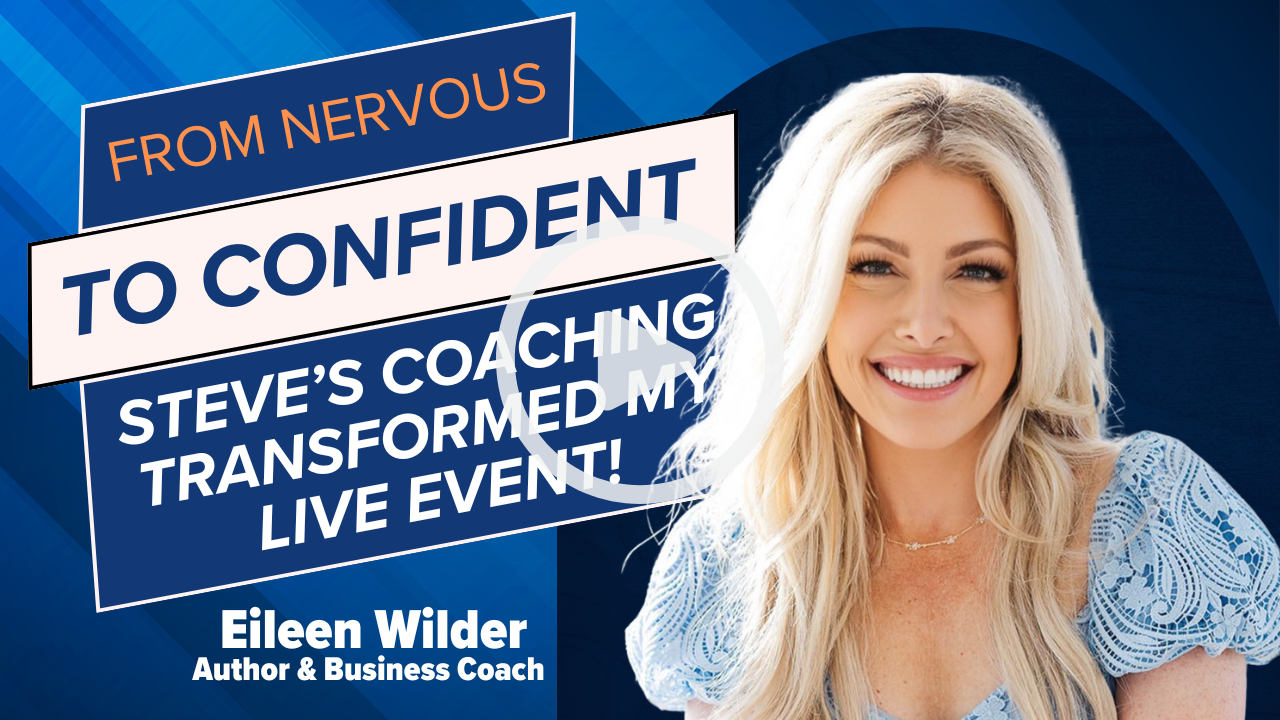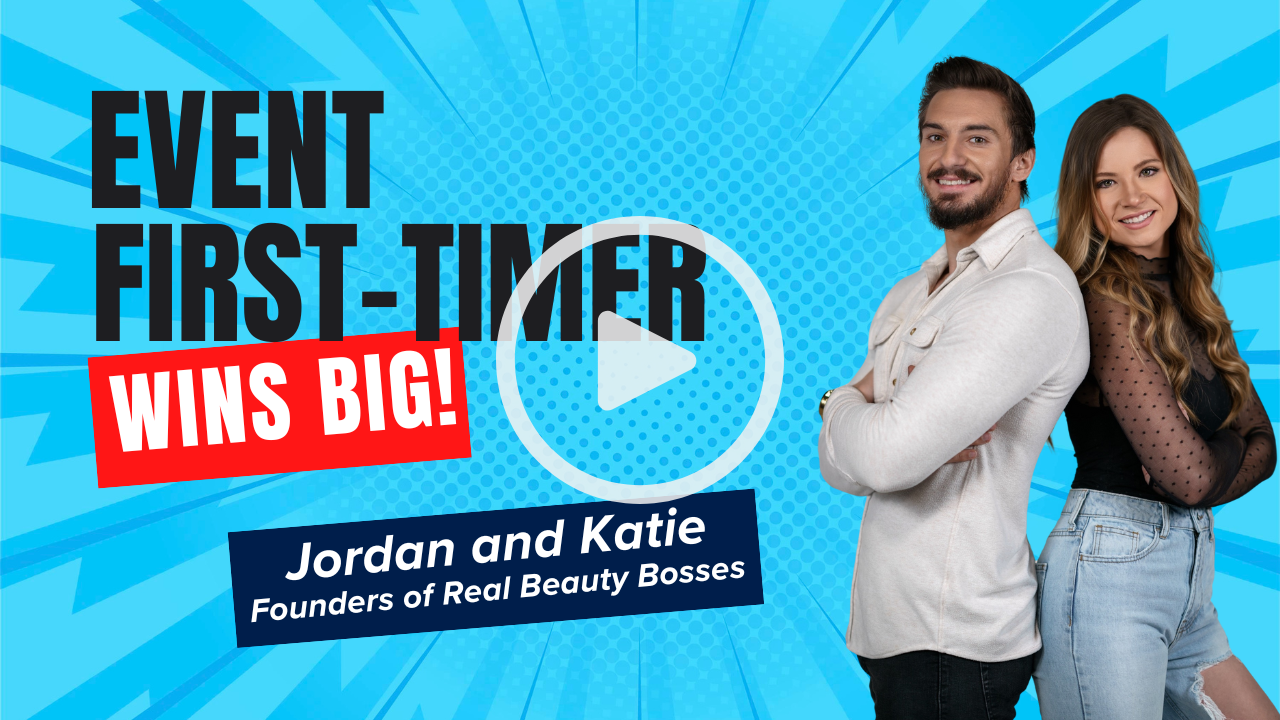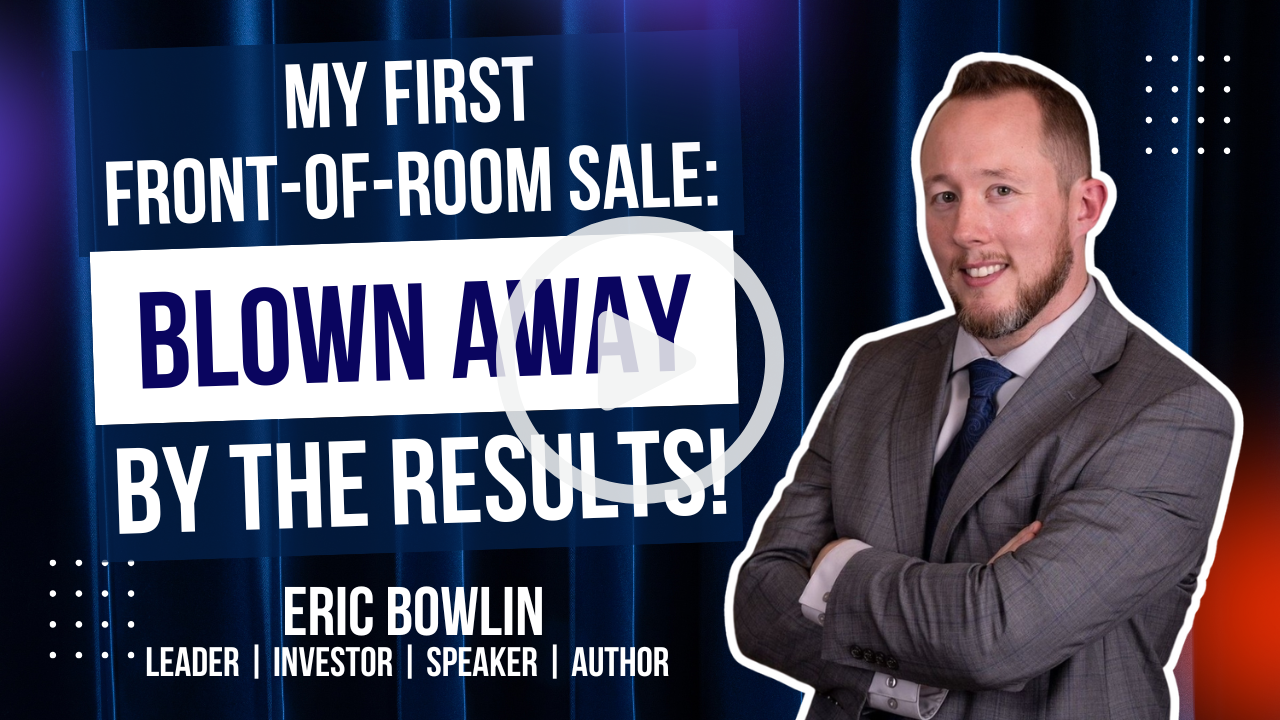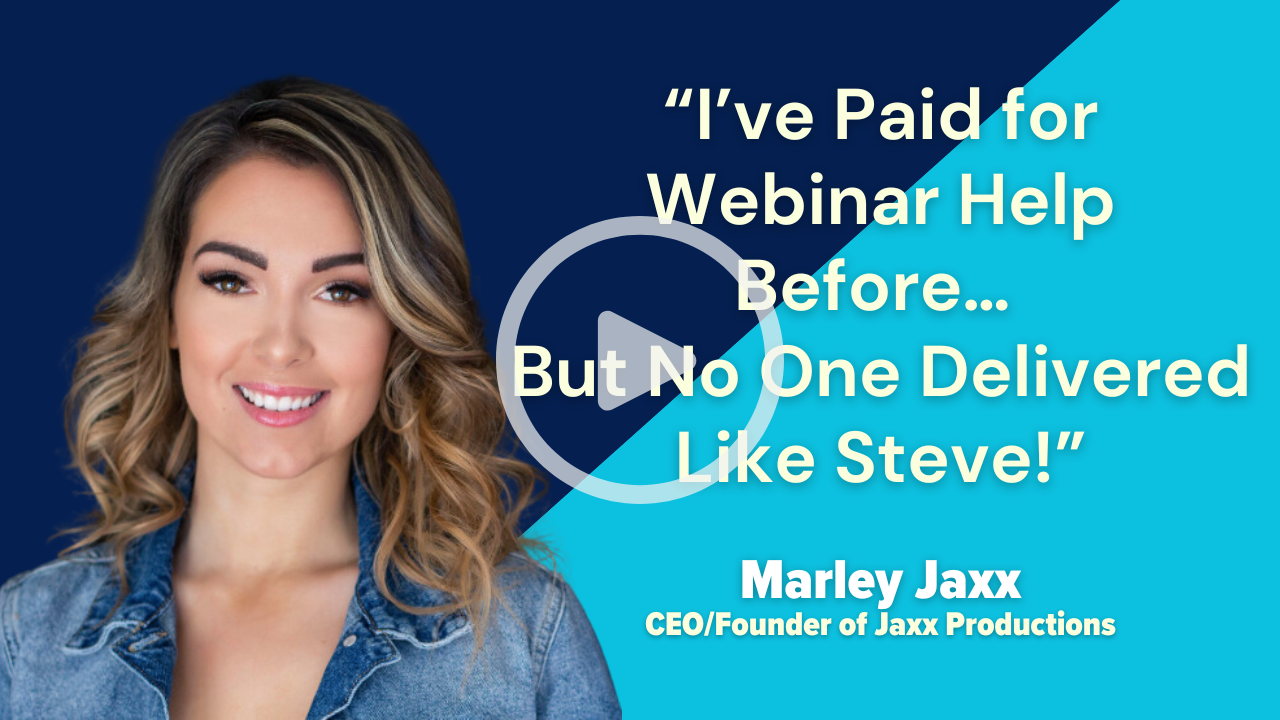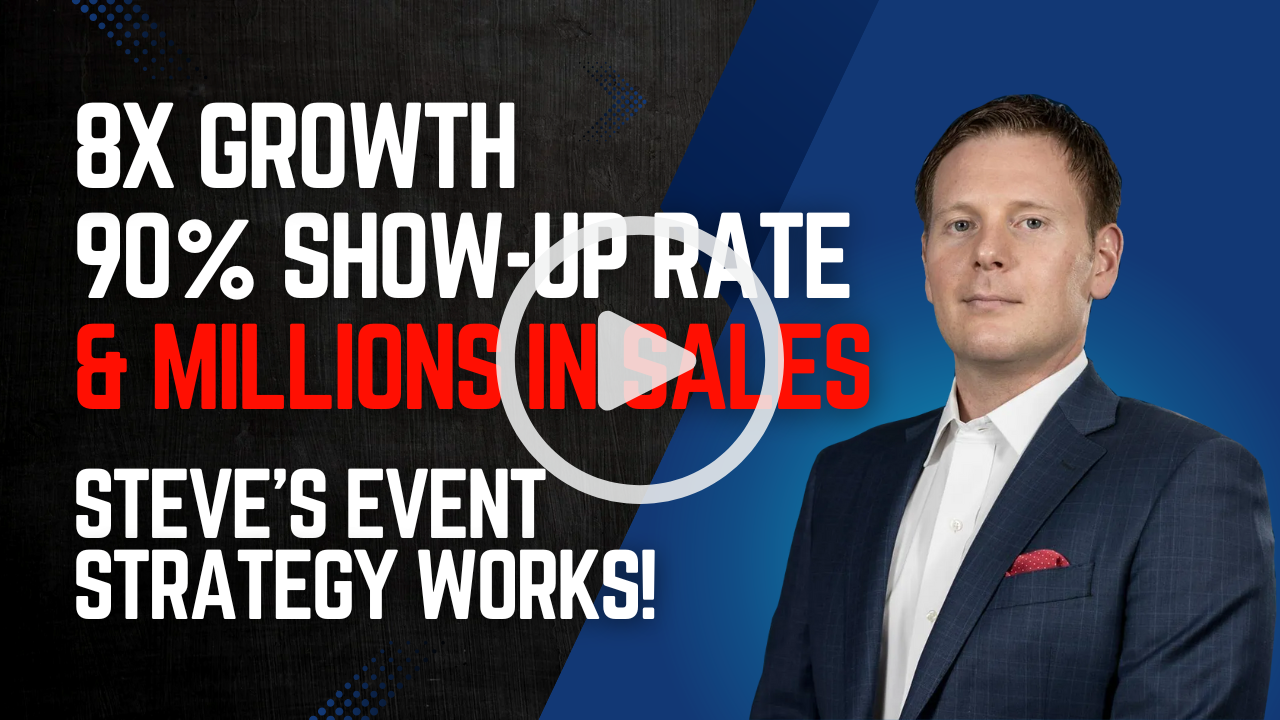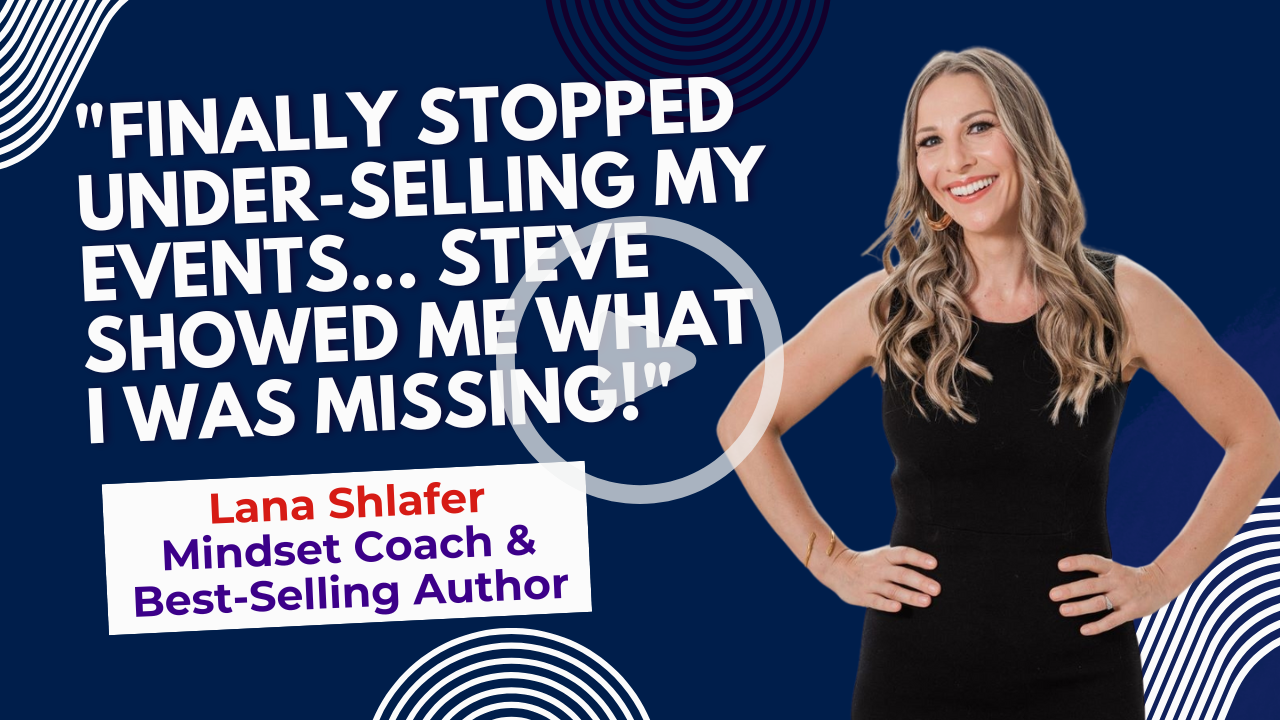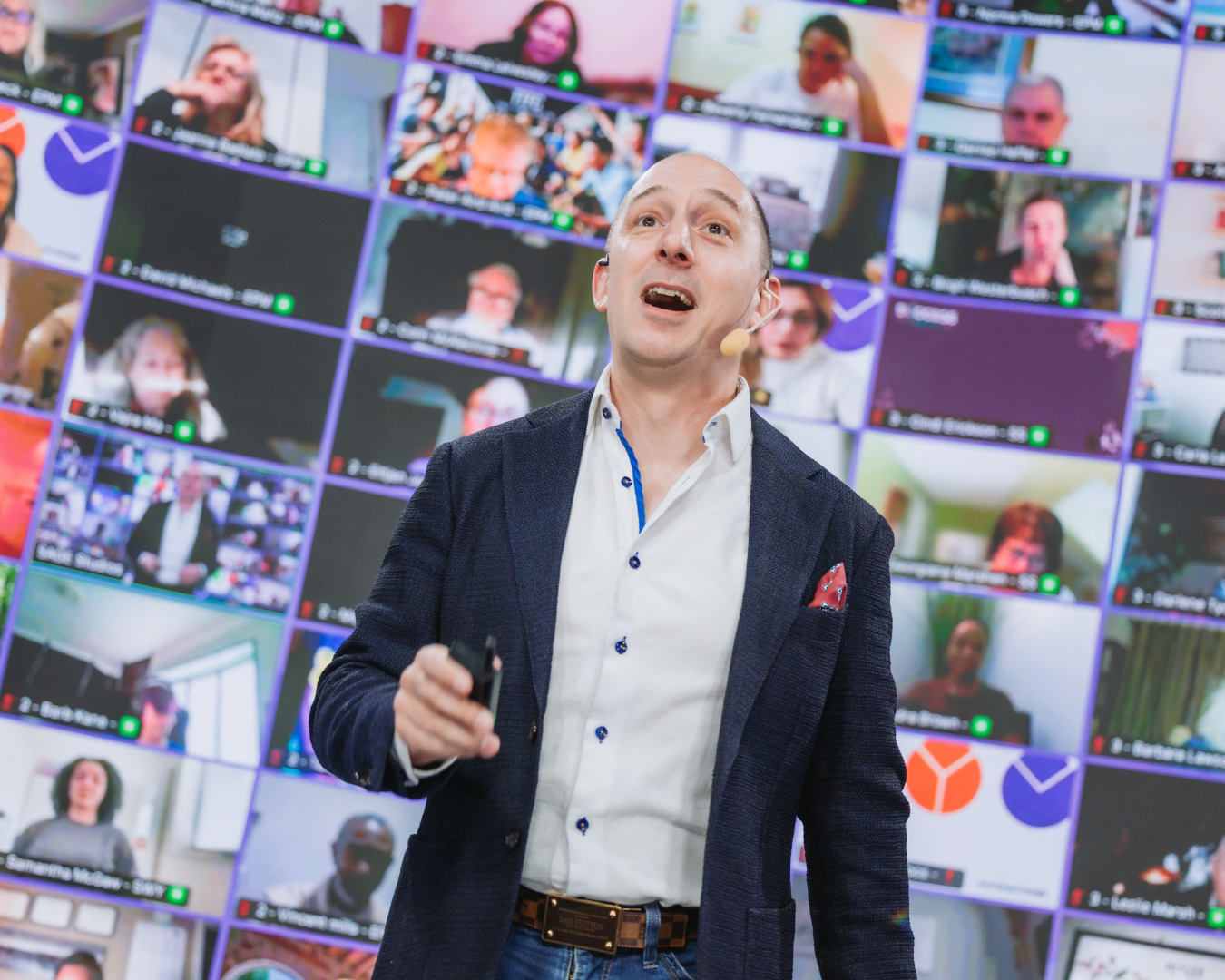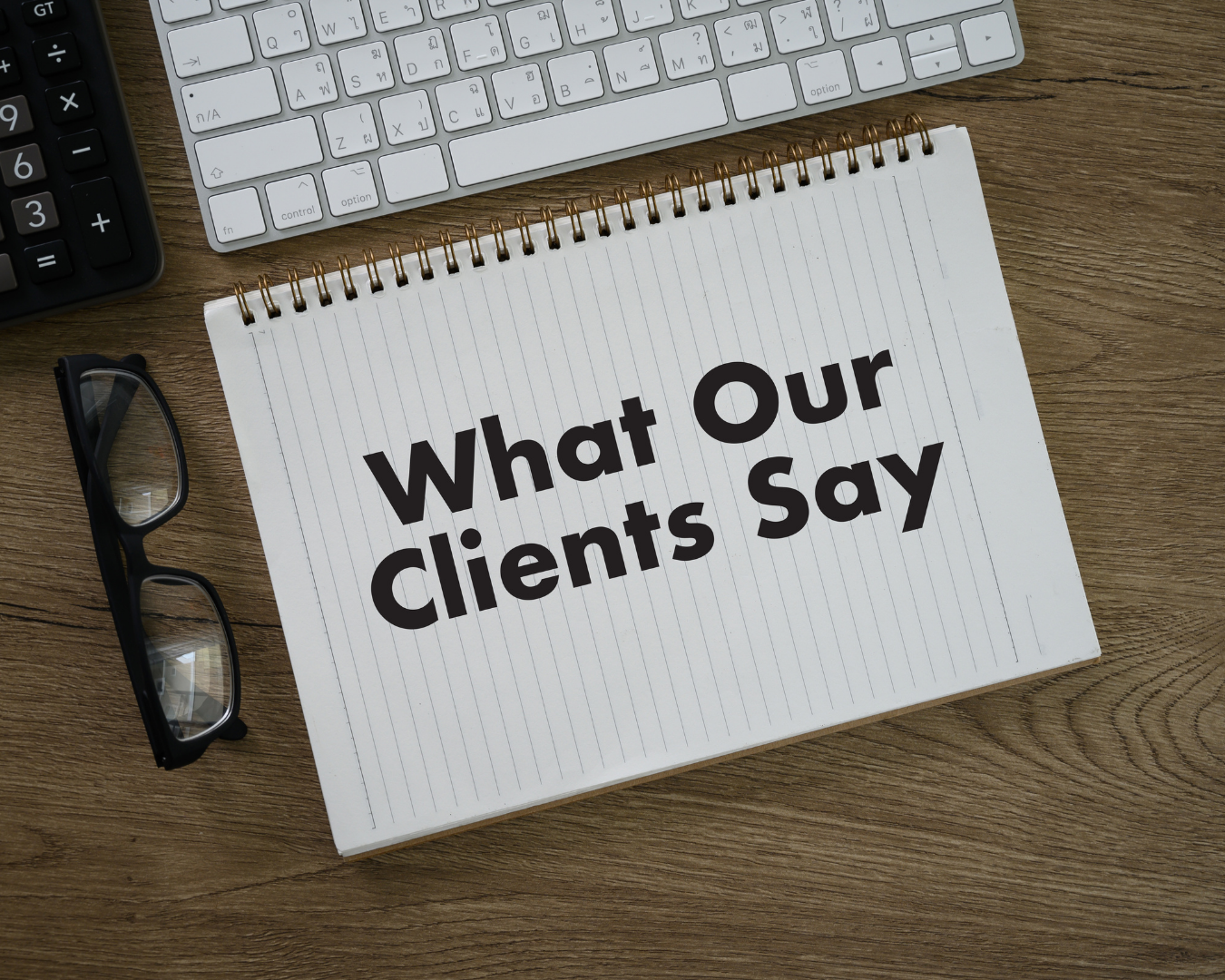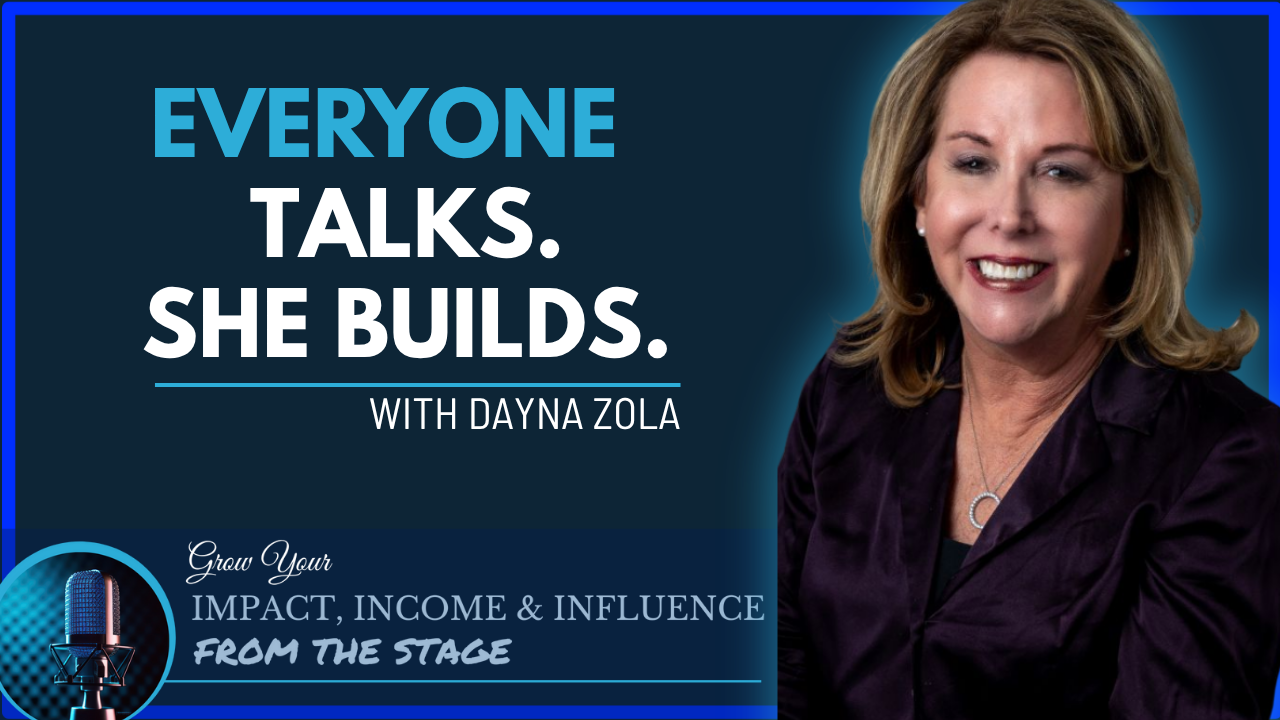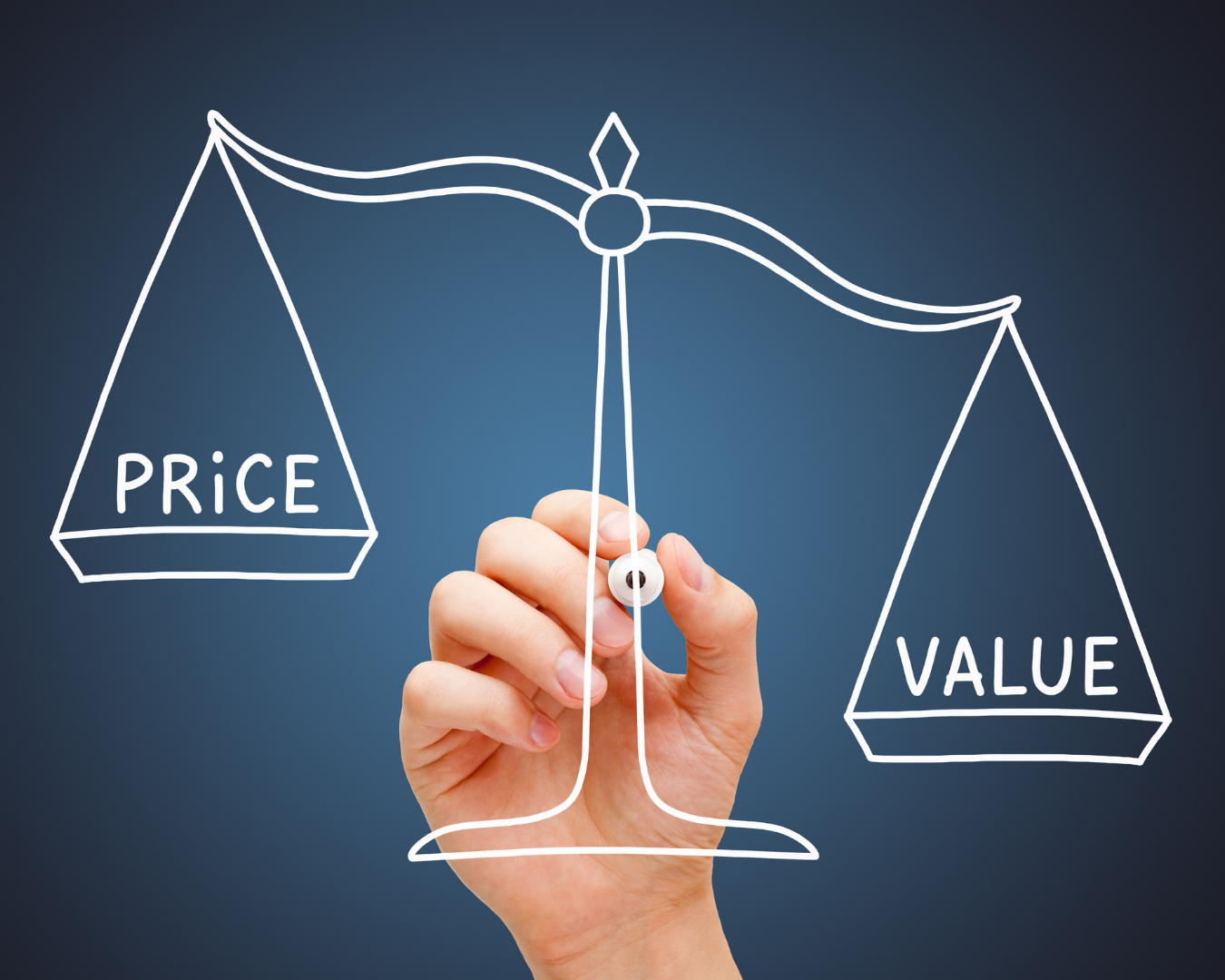Let me ask you this:
Have you ever dropped a stat that made the room go silent… and then no one bought?
Meanwhile, someone else shares a five-minute story about hitting rock bottom—and the audience rushes the back table like it’s Black Friday?

That’s the power of story.
And if you’re not using it in your business events, you’re leaving sales on the table.

Pop in your email below, and we’ll zip it straight to your inbox so you never lose it!
Why the Human Brain Is Wired for Story
According to a study on neuroscience, stories activate more parts of the brain than facts or figures alone.
We don’t just process a story—we feel it.
That’s what gets us to move.
We use stories to find meaning in the chaos, to explain why something matters, and to create emotional anchors that resonate with us long after the PowerPoint disappears.
Here’s the kicker:
When you tell a story, you’re not just informing… you’re transforming.
Stories Capture Human Attention (Fast)
In a world addicted to swipe-speed content, human attention is the currency of conversion.
Facts are forgettable.
Great stories are sticky.
They cut through noise, keep people listening, and guide them straight to your call to action—without them even realizing it.
Whether it’s a personal story about your first failed launch or a client success that still gives you goosebumps—stories help people believe change is possible.
And belief closes sales.
Storytelling’s Role in Brand Building

If you’re an event host, speaker, or entrepreneur, your brand isn’t just your logo or color palette.
Your brand is the stories you tell.
When you consistently share stories that align with your message, you’re not just educating…
You’re building trust, creating connection, and humanizing your offer.
Want to stand out from your competitor who’s reading slides and quoting revenue projections?
Become a storyteller.
Ways to Use Storytelling to Sell
Let’s get tactical.
Here are 5 ways to use storytelling at your business event that don’t feel cheesy or scripted:
Open with a “moment” – a near-miss, a turning point, or a surprising twist.
Tell stories of people like your audience – make it relatable, not heroic.
Use storytelling to sell by linking the narrative to your product or service.
Share a story to highlight transformation—not just information.
Ask others to tell their story – it builds connection and makes the room feel safe.
Remember: you don’t need to be Robert McKee or a screenwriting expert.
You just need one clear narrative that frames the before, the shift, and the after.
Storytelling in the Business World = Persuasion
At the end of the day, storytelling can be used to persuade without pressure.
You don’t need to pitch harder—you need a memorable story that gives people a reason to trust, believe, and take the next step.
In the business world, logic makes people think.
But storytelling’s emotional pull is what makes them act.
If your audience is zoning out?
It’s not because you lack information—it’s because your facts don’t move people.
Content Your Audience Will Actually Remember
Here’s the best part:
When you use stories, you’re not just selling—you’re delivering content your audience will remember, repeat, and relate to.
Stories usually feel conversational, natural, and unforced.
That makes them the most impactful part of your presentation—and the secret weapon that turns new audiences into long-term buyers.
You Don’t Just Need a Slide Deck—You Need a Story Arc
If you’re ready to stop info-dumping and start connecting…
If you want to stand on stage and move the room without feeling like you’re pushing a hard sell…
You need a story.
Not 27 stats. Not another bullet list.
Just one powerful story that lands. That lingers. That leads them to the sale.
That’s how you move people.





